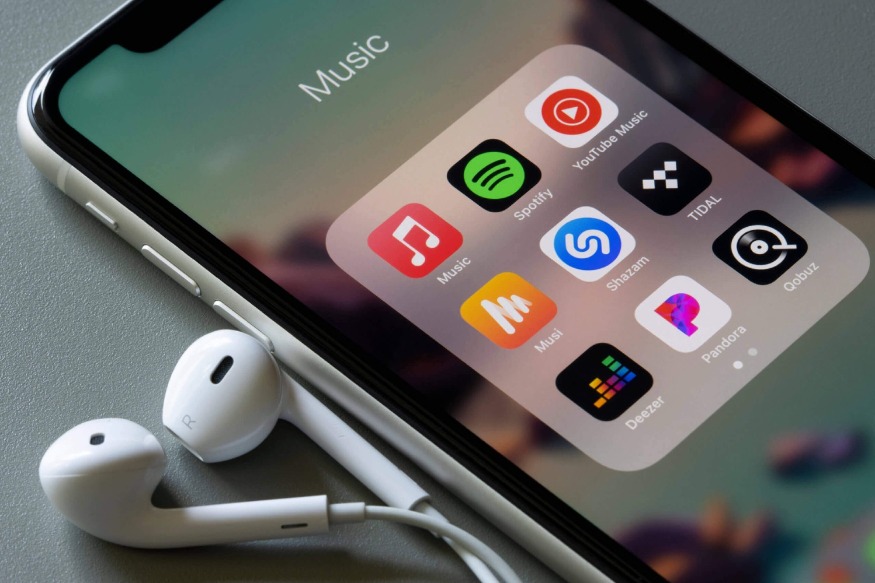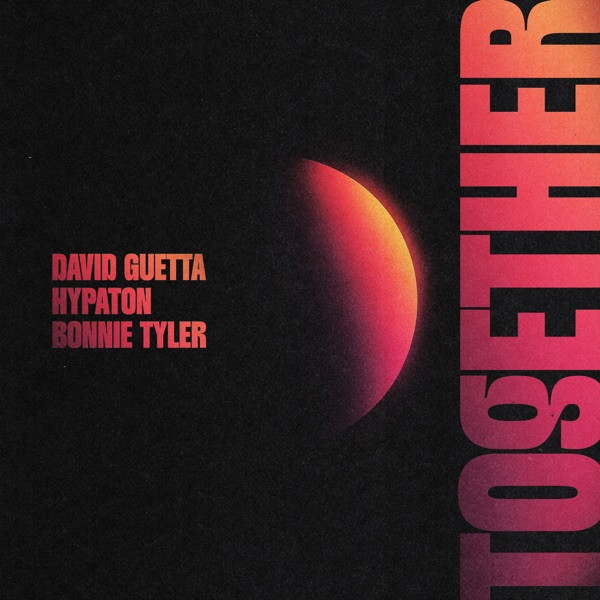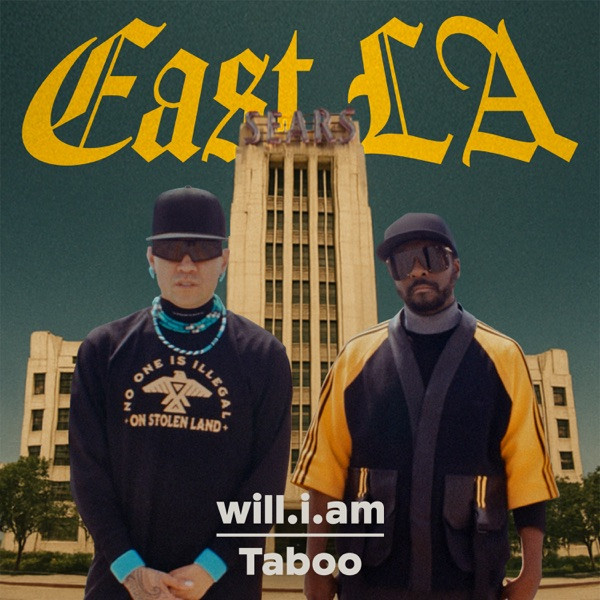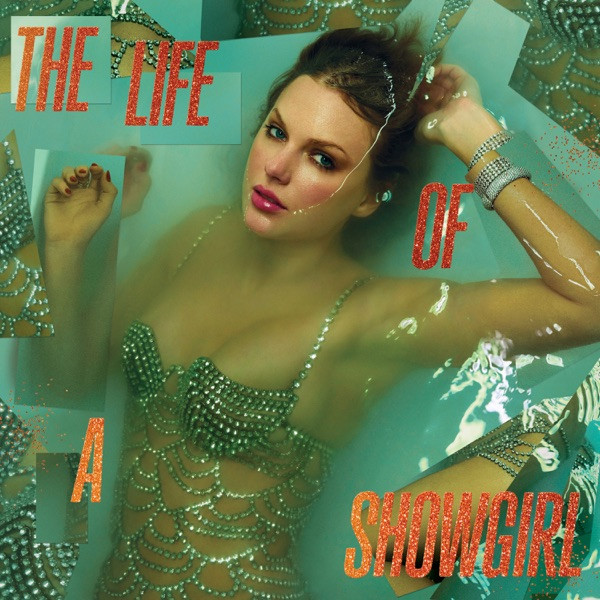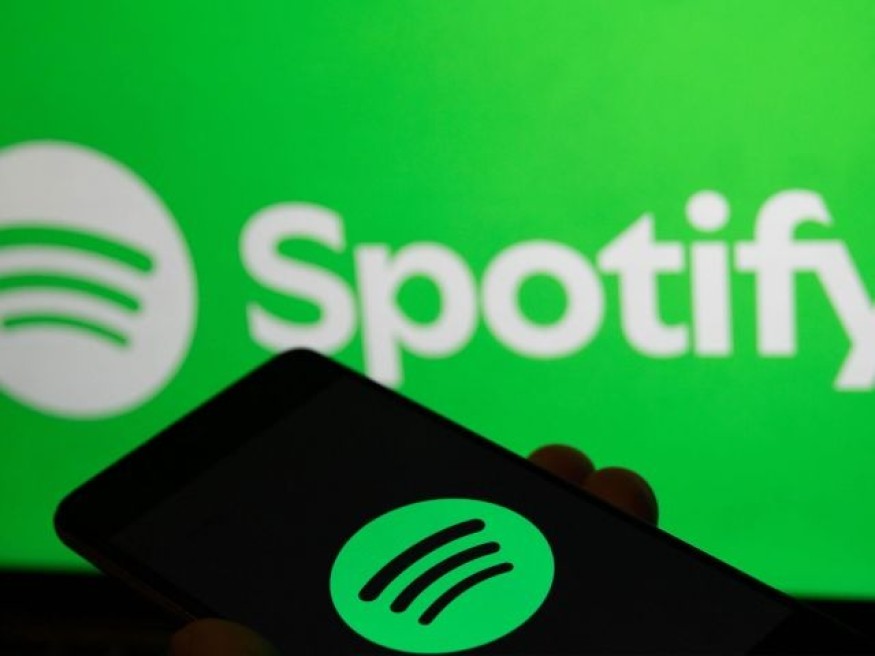
Spotify announced on Tuesday that it paid $10 billion to the music industry in 2024—an increase of $1 billion from the previous year, which had set the previous record. This milestone brings the company’s total payouts since its launch in 2006 to $60 billion.
While this amount may seem impressive, many artists continue to receive low payouts from streaming services. It’s important to note that Spotify, like most streaming platforms, pays rights holders—typically record labels and music publishers—who then distribute the earnings to artists after taking their share.
How Spotify’s Payment Model Works
In 2023, Spotify stated that it returns nearly 70% of its music-related revenue back to the industry. The platform’s income primarily comes from two sources:
- Premium subscriptions from paying users.
- Advertising revenue from the free version of the platform.
The rights holders who receive payments include record labels, music publishers, independent distributors, collective management organizations, and songwriter associations.
Spotify’s announcement comes just two days after securing a new agreement with Universal Music Group, the world’s largest record label. This deal offers more favorable royalty payments for artists, especially following the audiobook-music bundle introduced last year, which had significantly reduced songwriter earnings.
The Rise of Streaming and Spotify’s Role
Spotify’s Vice President, David Kaefer, highlighted how streaming helped revive the music industry after years of decline due to piracy.
“In 2014, the music industry was at its lowest point, with global recorded music revenues dropping to just $13 billion,” he wrote. “At the time, Spotify contributed about $1 billion annually, with around 15 million subscribers. In 2024, Spotify alone paid a record-breaking $10 billion to the music industry—bringing the total to $60 billion since our founding.”
He added:
“For some, these numbers might not mean much, and they may wonder why we keep emphasizing them. The reason is simple: the system we’ve built together works, and what we’re witnessing now is just the beginning. Today, there are over 500 million paid subscribers across all streaming services. A world with 1 billion subscribers is a realistic goal we should collectively aim for.”
Why Spotify Remains the Top Streaming Service
Kaefer also argued that Spotify is not only the most popular streaming platform but also the one that pays out the most to rights holders—though this claim hasn’t been independently verified by Variety.
He attributed Spotify’s dominance to three key factors:
- User retention is a priority. The platform focuses on personalized experiences, curated playlists, and innovative features like AI DJ, Daylist, and Wrapped.
- The free, ad-supported tier acts as a gateway to paid subscriptions. Over 60% of Premium users initially started with the free version.
- A global expansion strategy. Unlike the belief that certain regions can’t generate revenue, Spotify has invested long-term in markets like India, Brazil, Mexico, and Nigeria, leading to substantial growth.
The Growth of Artists on Spotify
Spotify estimates that in 2014, only 10,000 artists were making at least $10,000 per year from the platform. Today, over 10,000 artists are earning more than $100,000 annually from Spotify alone.
In 2023, the company stated:
"These figures represent earnings from Spotify alone. If we factor in revenue from other streaming services and additional income sources, these artists are likely generating four times as much from their recorded music careers overall.”
With its record-breaking payouts and continued expansion, Spotify remains at the forefront of the streaming industry, shaping how music is distributed, consumed, and monetized worldwide.

